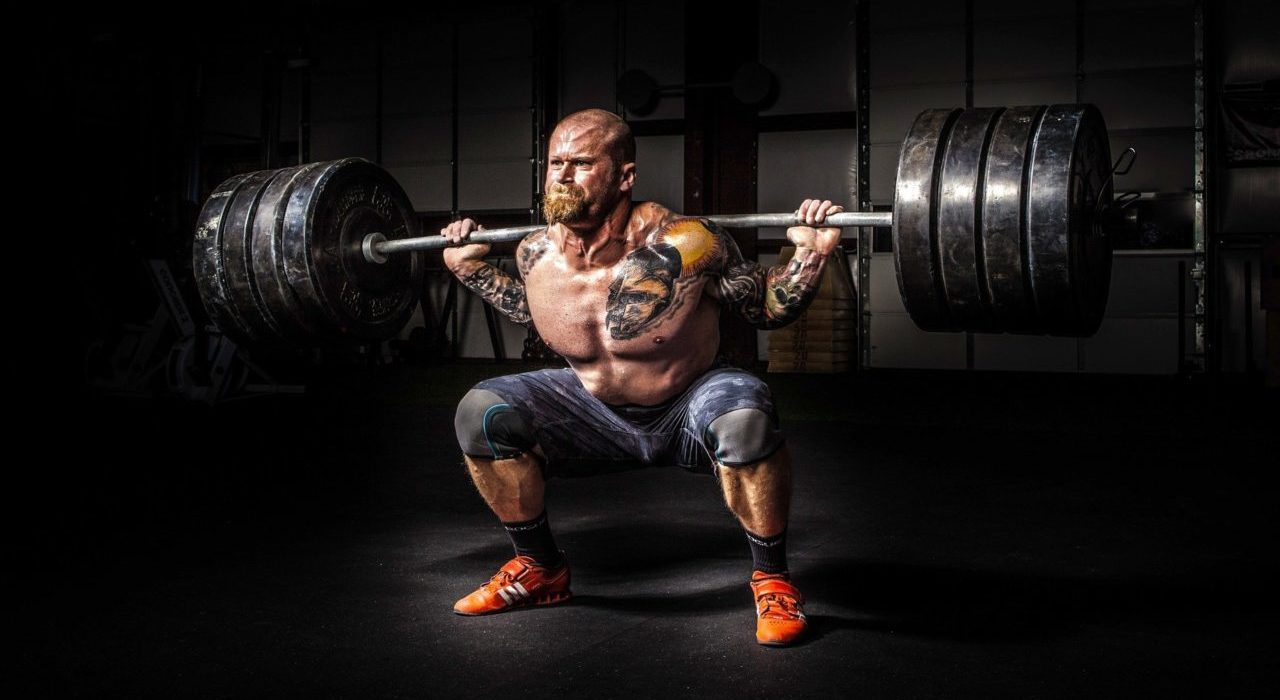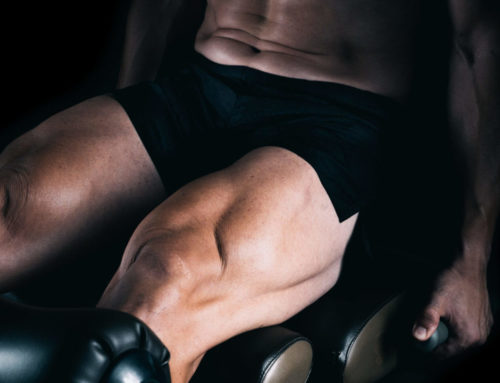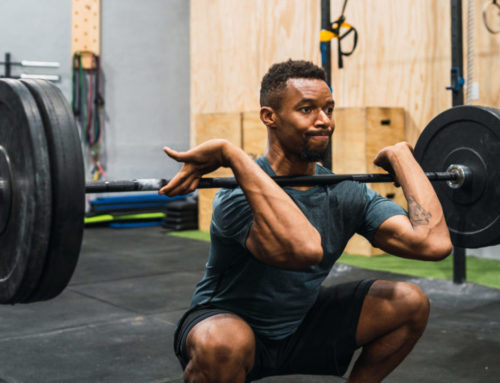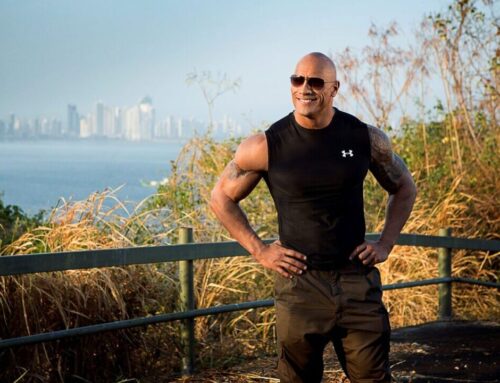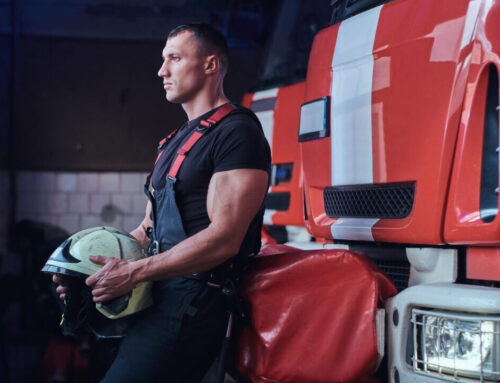Everyone has a favorite muscle group that outshines all others, but it could be unravelling the rest of your physique. Here’s what to do about it
Words by Kris Gethin, founder of http://www.Healthkik.com and Kris Gethin Gyms.
The following advice is most relevant for people who have trained for at least a handful of years and have developed some lean muscle mass. By this point you will have some muscle groups which are stronger than others. Members on my personal website often ask me about this, and the problems they are facing seem to be very similar to one another! There are many reasons why weak muscle groups lag behind and one of the least discussed explanations is the impact of your stronger body parts, specifically, the antagonistic muscle group. For example, if you have a strong chest but a weak back it is highly likely the imbalance is slowing down your ability to build size in the back.
Power Plays
Let me explain why, by highlighting the crucial areas you must consider if building a balanced physique is your goal. Building muscle requires constant overload through a near full range of motion, for optimal gains. This involves reaching the peak contraction, stretching the muscle through the eccentric and everything in between. When you have two opposing muscle groups, where one is far stronger than the other, it can adjust your ability to work the weaker muscle properly. Sticking with the above example, a strong chest and weak back will cause internal rotation at the shoulder which then impacts your back training. Over time as this worsens, you will find that your lats are unable to contract as they should through a full enough range of motion. In this specific example, the upper traps become too dominant and impact your range of mobility further which just detracts from the engagement of your lats. What is the solution? There are six solutions you should follow.
Get Flexible
Mobility work is always going to help maintain a fuller range of motion, which means the opportunity to recruit muscle fibers correctly is increased. This begins with committing to performing static and dynamic stretching every single day, for approximately 20 minutes. Spend longer on trouble areas which for most people will include the anterior area of the shoulder joint, hip flexors and lower back. Naturally, by stretching these areas properly every day you will find the rest of your body will loosen up! Although doing stretching for this length of time every day may seem laborious, it is essential because you can lose flexibility extremely quickly therefore constant repetition is imperative for results.
The ON Switch
Activation work before really training the weaker muscle group can have a huge impact. This means doing exercises which ignite central nervous system activity, blood flow and also increase the range of motion. Essentially, a more comprehensive warm-up which could include band work. The priority here is to ensure you’re getting the absolute most from the weak muscle you’re trying to bring up, which starts by ensuring it is “awake” and therefore receptive to stimulus on an optimal level. Perform 3-4 warm-up sets with an isolation exercise first, ideally with cables or elastic bands, just to put the muscle under tension. Then move onto your first exercise of the workout, choosing a compound lift, and do 3-4 warm-up sets again to prime the muscle. This time though, aim to build your weight in the 10-12 rep range without hitting failure, so your high threshold motor units are truly awake for the first working set.
Support Crew
Look at ancillary muscle groups and see how you can support your weaker body parts better. Staying with the chest/back example, building stronger posterior deltoids and the trap 3 muscle would have a profound impact on posture which then enables better back training. When imbalances exist between two muscle groups, it isn’t just that specific area on which you must focus, because the ones which also support the body parts involved have a big part to play.
Volume Adjustment
Increase your volume on the weaker muscle group and consider cutting back on the volume for the stronger body. One of the biggest drivers of hypertrophy is volume, so by adjusting the bias towards the weaker muscle group you can help address the imbalance.
New Moves
Rotate your exercise selection regularly so that your body becomes strong and stable through a wide variety of angles. For example, some people are extremely strong on bench press but cannot lift much above their head when pressing. This is often down to shocking shoulder mobility and a weak middle back, exposing their imbalance in spectacular fashion. If you rotate exercise selection for all body parts regularly and prevent spending too long on your strongest lifts, there is less opportunity for imbalances to develop.
Ego Check
The psychology attached to having stronger more dominant muscle groups is that you naturally gravitate towards them more. They are the first thing you want to train on a Monday, unlike the muscle groups which are lagging behind. As a result, you will find that central nervous system fatigue becomes an issue for the weaker muscles, as does your mental focus, because you’re not as engaged in training these body parts. As a result, your habits compound this imbalance!
Take Home Message
Hopefully, some of these ideas will help and open your mind to how stronger muscle groups could be slowing down your progress in other areas. Although aesthetics is a big part of the reason why you should address these imbalances, it is also essential from an injury-prevention perspective because the pressure on your joints becomes unhealthy when there is such a disparity in muscular strength.
This article originally feature in TRAIN issue 88. Get a free subscription by clicking here.


